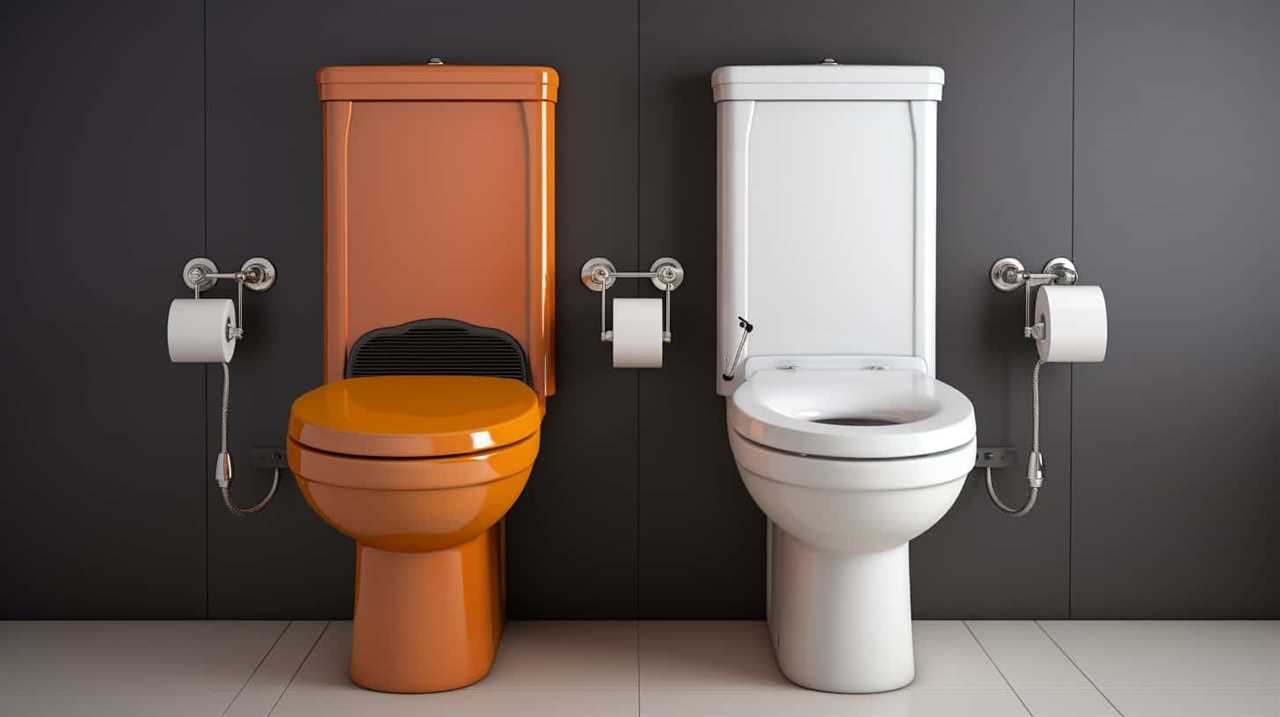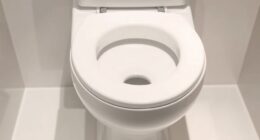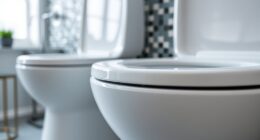Have you ever wondered why our toilets refuse to flush when we pull the handle? It can be quite frustrating when this happens, especially if you’re in a hurry.
In this article, we will explore the common causes of a non-flushing toilet and provide you with step-by-step instructions on how to check for a clogged toilet and troubleshoot the flushing mechanism.
So, let’s dive in and master the art of fixing a toilet that won’t flush!
Key Takeaways
- Clogged drain pipes or blockages can prevent a toilet from flushing properly.
- Checking the water level in the bowl and using a plunger can help to dislodge a clog.
- Issues with the flushing mechanism, such as a faulty handle or flapper, can also prevent flushing.
- A faulty fill valve may need to be adjusted or replaced to ensure proper flushing.
Common Causes of a Non-Flushing Toilet
One common cause of a non-flushing toilet is a clogged drain pipe. When the drain pipe becomes obstructed, water can’t flow through it, preventing the toilet from flushing properly. This obstruction can occur due to various reasons, such as a build-up of waste, toilet paper, or foreign objects.
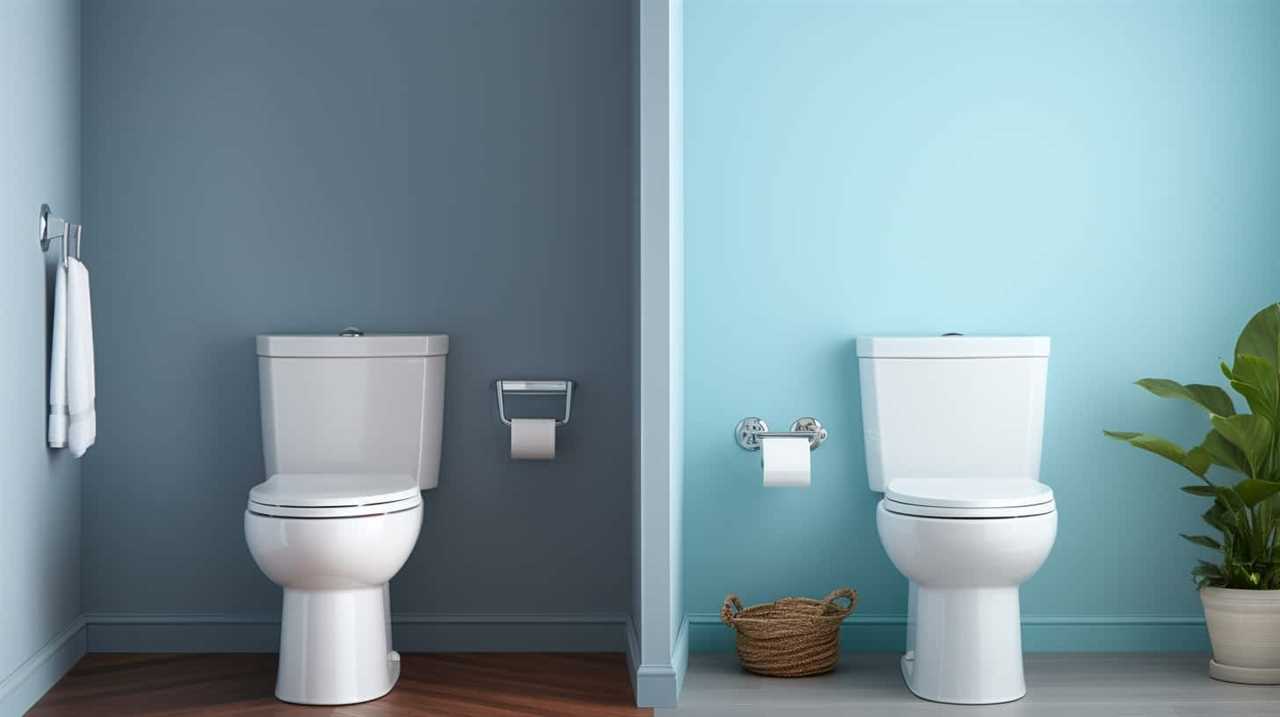
Another factor that can affect the flushing mechanism is inadequate water pressure in the toilet tank. Insufficient water pressure can result in a weak flush or no flushing at all.
To resolve these issues, it’s important to address the clogged drain pipe by using a plunger or a drain snake to remove the obstruction. Additionally, checking and adjusting the water pressure in the toilet tank can help ensure a strong and effective flush.
How to Check for a Clogged Toilet
To determine if your toilet is clogged, we can start by using a simple method.
First, we need to check if the water level in the bowl is higher than normal. If it is, this indicates a possible clog.
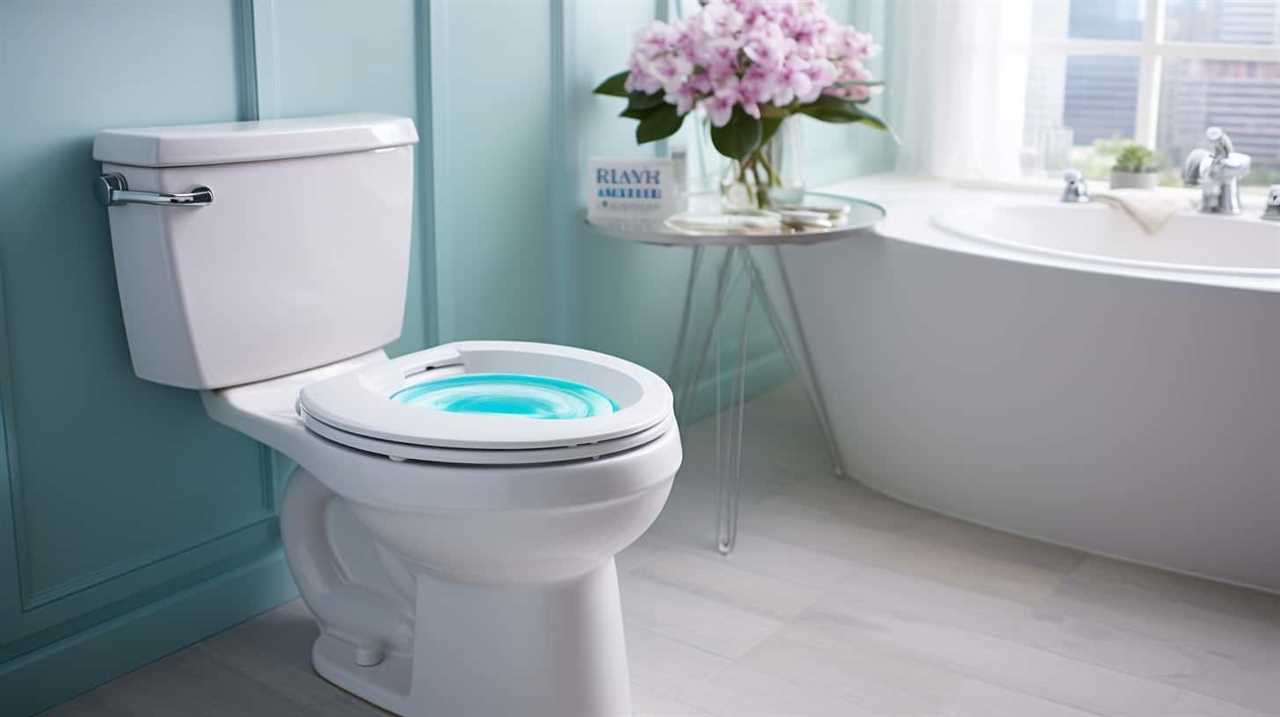
Next, we can attempt to clear the clog using toilet plunging techniques. Make sure to use a plunger specifically designed for toilets, as it provides a better seal. Place the plunger over the drain hole and push down firmly, then pull up quickly. Repeat this motion several times to dislodge the blockage.
If plunging doesn’t work, you can try using chemical drain cleaners. However, be cautious as these cleaners can be harsh and may cause damage to your toilet or pipes. Follow the instructions carefully and use protective gear when handling these chemicals.
Remember to always prioritize safety and consider contacting a professional plumber if the clog persists.
Troubleshooting the Flushing Mechanism
To troubleshoot the flushing mechanism, we can start by checking the handle and its connection to the flapper. The flushing mechanism is responsible for releasing water from the tank into the bowl when you pull the handle. If it’s not working properly, here are a few things you can try:
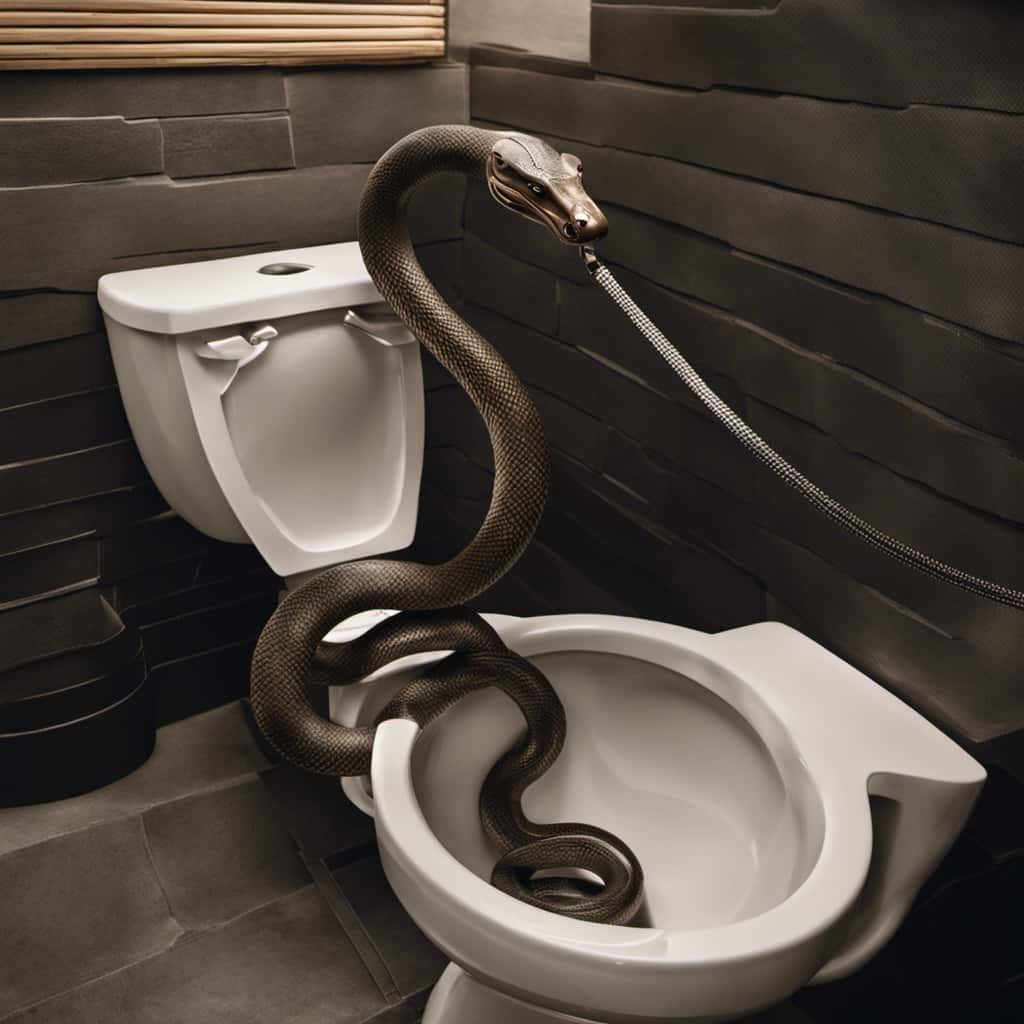
- Ensure the handle is properly connected to the flapper.
- Check for any obstructions or debris that may be preventing the handle from fully engaging the flapper.
- Adjust the chain length between the handle and the flapper to ensure proper tension.
- Inspect the flapper for any signs of wear or damage, and replace if necessary.
- Troubleshoot water pressure issues, as low pressure can affect the flushing mechanism’s performance.
Fixing a Faulty Fill Valve
To fix a faulty fill valve, we need to assess its functionality and make any necessary adjustments or repairs.
The fill valve is responsible for refilling the toilet tank after each flush. If it isn’t working properly, it can lead to a weak flush or no flush at all.
One common issue is a worn-out fill valve that needs replacing. This can be done by turning off the water supply, draining the tank, and removing the old valve before installing a new one.
Another potential problem is an incorrect water level, which can be adjusted by either lowering or raising the float on the fill valve.
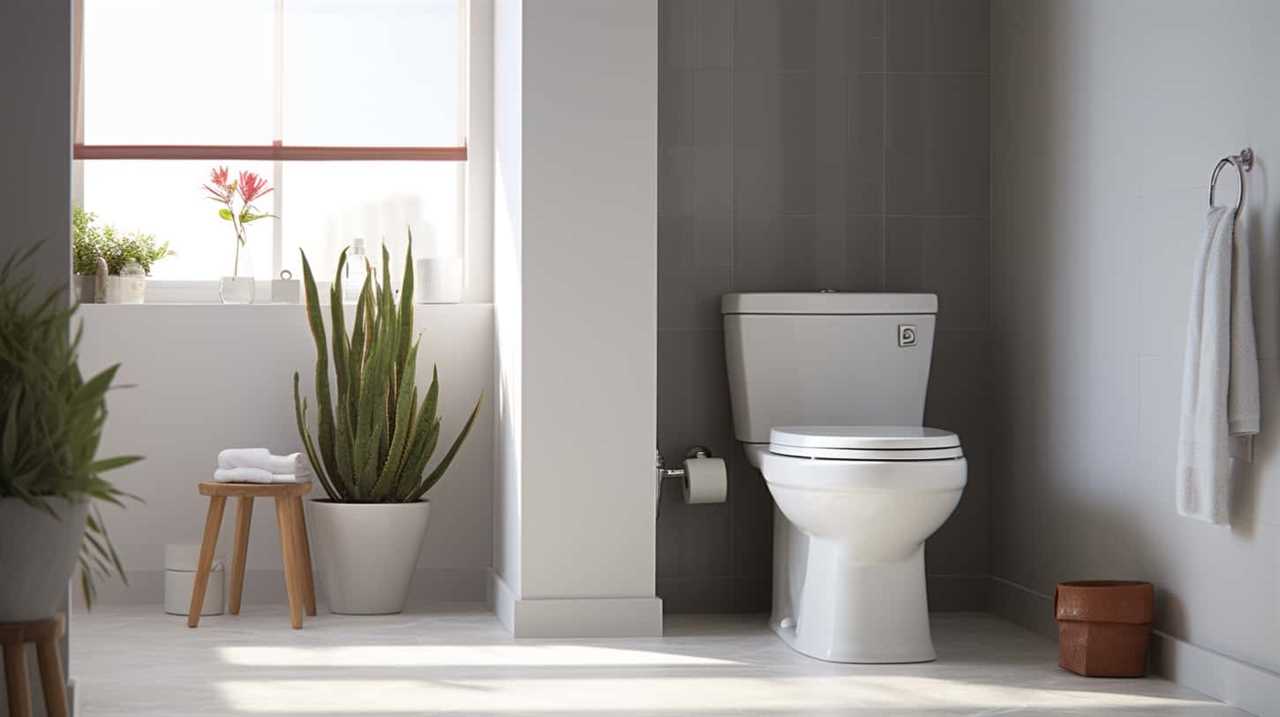
Seeking Professional Help for Persistent Issues
For more complex or persistent issues, we may need to consult with a professional plumber. While there are DIY methods for unclogging a toilet that can often solve minor issues, there are times when a more serious plumbing problem may require expert assistance. Here are some signs that indicate it’s time to seek professional help:
- Multiple toilets in the house aren’t flushing properly.
- The toilet continues to overflow, even after multiple attempts to unclog it.
- Strange gurgling or bubbling noises are coming from the toilet or other drains.
- Foul odors are emanating from the toilet or drains.
- The toilet is leaking or showing visible signs of damage.
If you’re experiencing any of these issues, it’s best to contact a professional plumber who can diagnose the problem accurately and provide the necessary repairs.
Frequently Asked Questions
How Much Does It Typically Cost to Fix a Faulty Fill Valve?
Toilet fill valve replacement costs can vary, but on average, it can range from $50 to $200. However, there are alternative toilet repair methods that may be less expensive, such as adjusting the float or cleaning the valve.
Can a Non-Flushing Toilet Be Fixed Without Professional Help?
When troubleshooting common toilet flushing issues, it’s important to consider the possibility of a faulty toilet handle. A simple toilet handle replacement can often resolve the problem without the need for professional help.
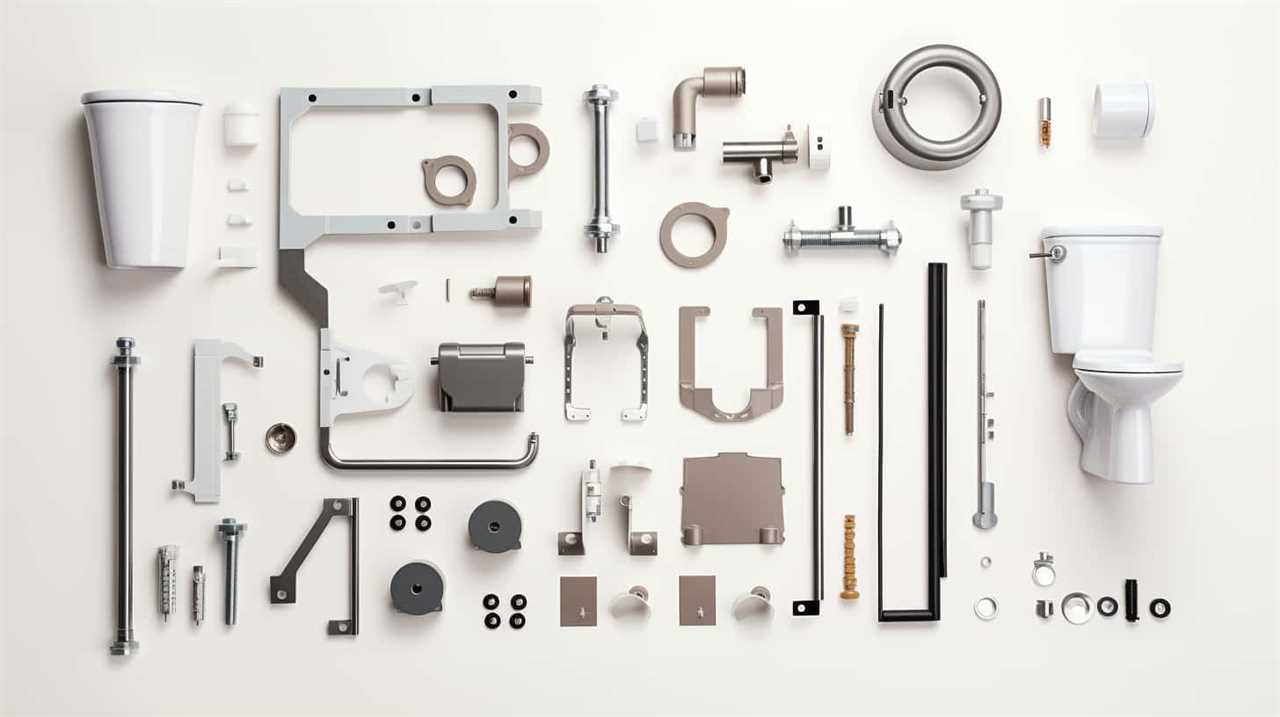
Are There Any DIY Methods to Troubleshoot a Non-Flushing Toilet?
There are DIY methods for unclogging toilets and troubleshooting non-flushing toilets. Common causes include a blocked trap or a faulty flapper. We can share our expertise on resolving these issues.
Can a Clogged Toilet Be Fixed Using Chemical Drain Cleaners?
Sometimes, a clogged toilet can be fixed using chemical drain cleaners. However, it’s important to remember that these cleaners may not always be effective and can potentially damage the toilet bowl, pipes, or cause an overflowing toilet.
What Are Some Signs That Indicate a Persistent Issue With a Toilet That Requires Professional Help?
When the toilet flush handle is pulled and the toilet does not flush properly, it may indicate a persistent issue that requires professional help. Signs include weak flush, overflowing, or frequent clogging.
Conclusion
In conclusion, a non-flushing toilet can be caused by various factors such as a clog or a faulty fill valve. It’s important to check for clogs and troubleshoot the flushing mechanism to resolve the issue.
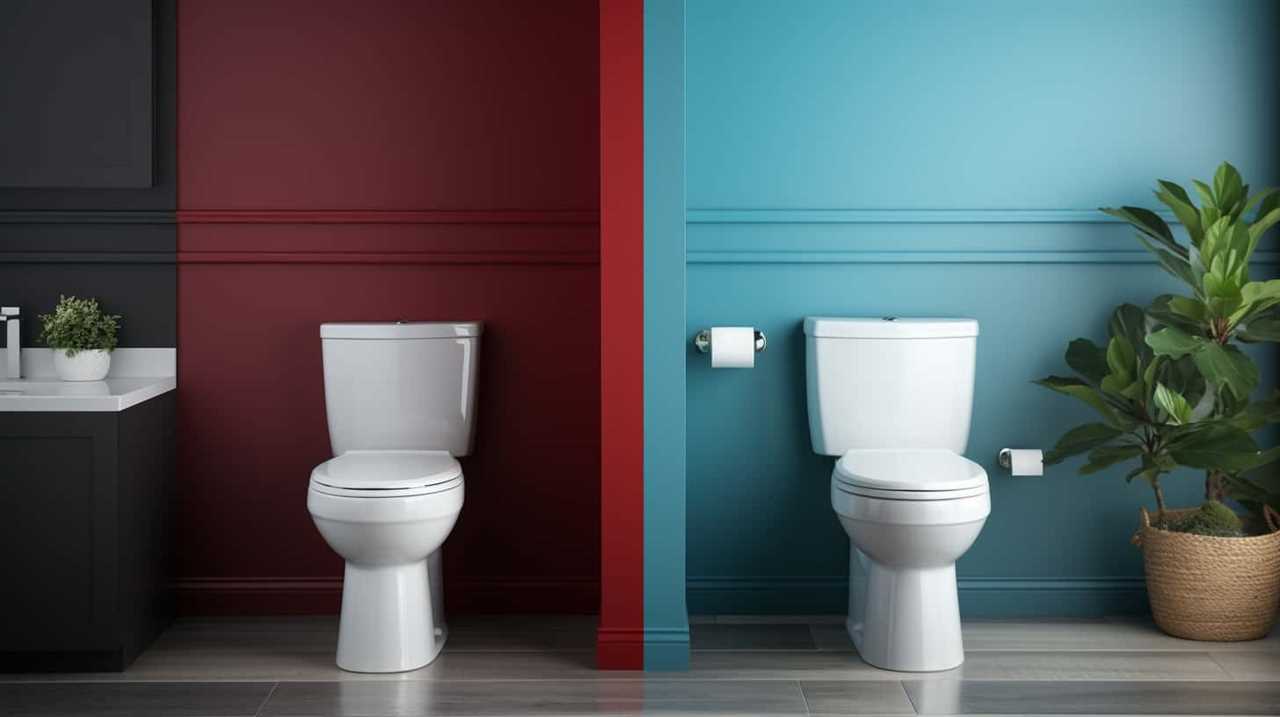
If the problem persists, it’s advisable to seek professional help. Just like a well-functioning toilet brings relief and comfort, addressing and fixing the problem will bring a sense of satisfaction and peace to your bathroom experience.



